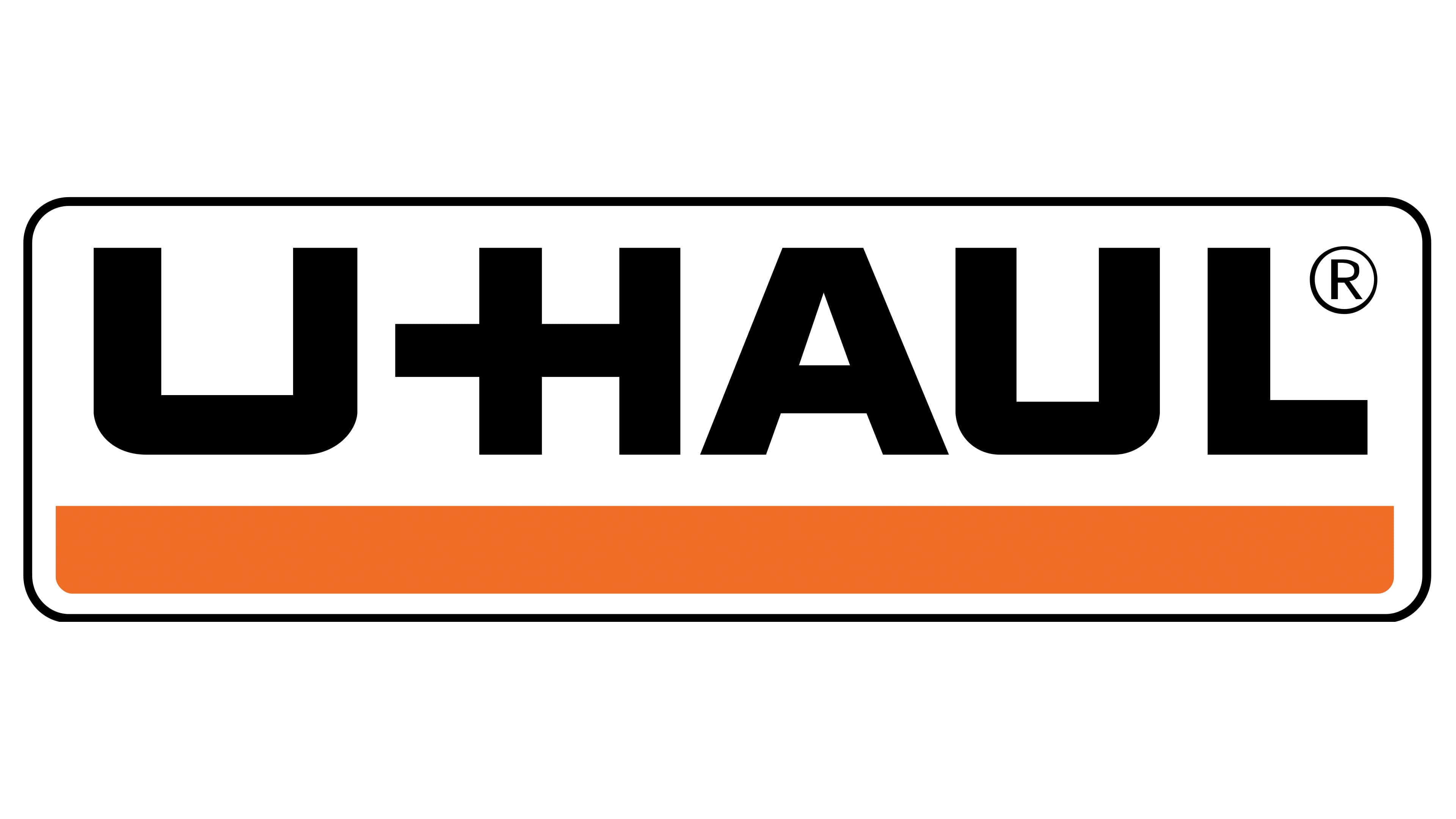Coverage
For latest research, ratings, and estimates, please access our client research portal.

2023 and 2024 represented a resetting of freight transportation markets. A lot of freight has been forced to move in different ways than it naturally would at higher prices than it should have as a result of COVID and supply chain challenges that followed were met with an equal and opposite reaction the other way as inventories normalized and freight markets became more fluid and capacity loosened up. The result has been a two year decline in freight demand and freight profits, but this appears to have stabilized.
2025 is likely to represent the turning year of freight growth emerging from the elongated U-shaped recovery – still slow early in the year, and accelerating throughout the year. This year will be marked by three major trends within the freight markets: (1) resolution of the “known unknowns” regarding trade and tariff policies early in the year and a work down of ‘justin case’ inventory built up in 4Q24; (2) freight volumes following macro data higher in 2Q and contract rates finding bottoms in 3Q24, tilting earnings momentum from negative to positive; and (3) continued acceleration in redefining supply chains and near shoring. We believe 2026 will represent the mid-cycle earnings year for many of our stocks.
On a macro level, this means that even if we have a weakening consumer, that overall job strength will result in a moderation of spending, and that manufacturing industries will see a greater inflow of demand with inventories rightsized, could show better volume growth, even in a slower Real GDP environment. From an investment standpoint, we believe we remain in Quad 1 (Trough to Mid-Peak) in terms of our PMI cycle investment strategy, heading toward Quad 2 (Mid-Peak to Peak) later in 2025 and as such transports are poised to outperform the S&P 500 in 2025.
Longer-term, we see an acceleration in trends such as: (1) Near-shoring of supply chains; (2) Ecommerce; (3) Digitalization; and (4) the Convenience Economy. Our top picks are (1) CSX – reversing two years of underperformance with labor deals largely completed and network efficiency driving earnings growth; and (2) GXO – valuation is among the most attractive here given the long-term contractual nature and consistent margin profile, with the additional kicker of companies looking for multi-year reconfiguration of supply chains taking advantage of warehouse automation to curb labor cost inflation.

GXO Logistics, Inc.

CSX Corporation
For latest research, ratings, and estimates, please access our client research portal.






















